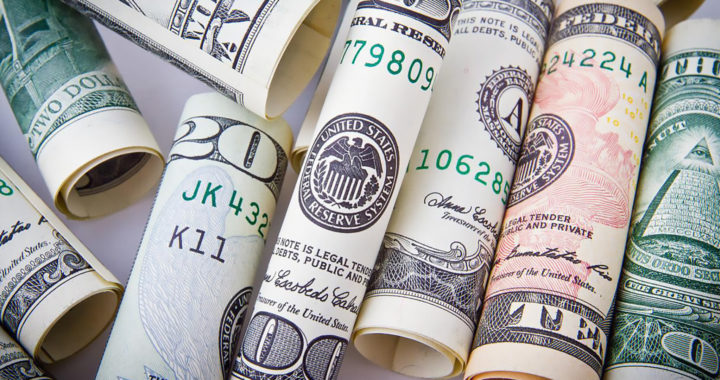The government monitors and controls the money supply and interest rates as part of its role in overseeing the economy. Note that its appointed economic managers regularly measure the money supply to have a better understanding of the activities transpiring in an economy while also influencing interest rates through the monetary policy of its central bank.
It is also important to highlight the fact that aside from printing money and setting bank reserve requirements, the central bank influences interest rates to control how much money is in circulation. What exactly is the relationship between money supply and interest rates? How do interest rates influence the supply of money in circulation and how does this supply affects interest rates?
How Does Money Supply Affect Interest Rate: The Relationship Between Money Supply and Interest Rates
There is an inverse relationship between money supply and interest rates. To summarize this relationship, take note of the following:
• An increase in the money supply will cause interest rates to fall, thereby making it less expensive for consumers to borrow from banks.
• A decrease in the money supply will cause interest rates to rise, thereby making it more expensive for consumers to take out a loan.
Remember that the money supply represents the total amount of money or all the currency and other liquid instruments circulating in an economy within a given period. On the other hand, interest rates are the amount lenders or creditors charged their borrowers represented by a percentage of the principal or amount borrowed.
The inverse relationship between the two is essential in understanding the dynamics of macroeconomic and microeconomic activities. For example, because a large money supply lowers interest rates and makes borrowing more affordable, consumers essentially have more money to spend.
Increasing the money supply can essentially stimulate spending. An increase in consumption subsequently increases the demand for goods and services, thus positively affecting business activities and employment rates.
Note that increasing the money supply can also encourage firms to take out loans to fund their operations or expand their businesses because of low interest rates. The cost of borrowing decreases with the expansion of the money supply. In other words, increasing the money supply can also stimulate business and investment activities.
On the other hand, because decreasing the money supply increases interest rates, it dampens borrowing and negatively affects both consumption and business and investment activities.
Why Does the Government Control the Supply of Money and Influence Interest Rates: Monetary Policy
The government through its central bank or central monetary authority uses three major tools of monetary policy to control the money supply and influence interest rates. These include open-market operations, the discount rate, and reserve requirements.
Why exactly does the government control the volume of money circulating in the economy? In general, it is to influence the interest rates. Of course, it is important to highlight that the government does not have direct control over interest rates. Rather, it uses three of the aforementioned tools to influence how commercial banks and other creditors set their interest rates.
Hence, considering the abovementioned, influencing the interest rates through monetary policy is essential in managing the economy at the different stages of the business cycle.
The government would increase money during periods of recession to influence lower interest rates, thus effectively encouraging consumers and businesses to borrow money. In turn, this can stimulate consumption, as well as business investment activities. This is called an expansionary monetary policy.
An expansionary monetary policy is useful during specific periods or instances of low demand for goods and services, as well as a high unemployment rate.
On the other hand, a contractionary monetary policy involves decreasing the volume of money in circulation to influence higher interest rates and discourage borrowing. This is critical during the expansionary stage of the business cycle to prevent the economy from overheating by artificially dampening consumption, as well as business and investment activities.
Contracting the economy to a certain level is crucial in instances when inflation is extremely high or demand for goods and services is higher than what businesses can supply.





